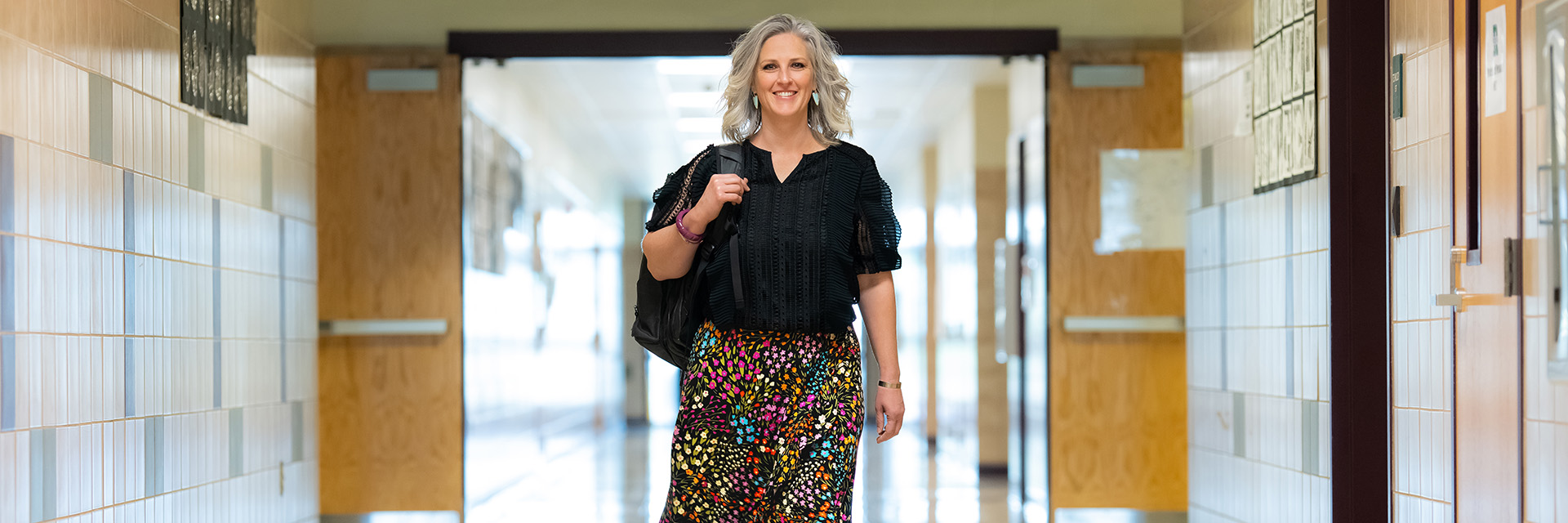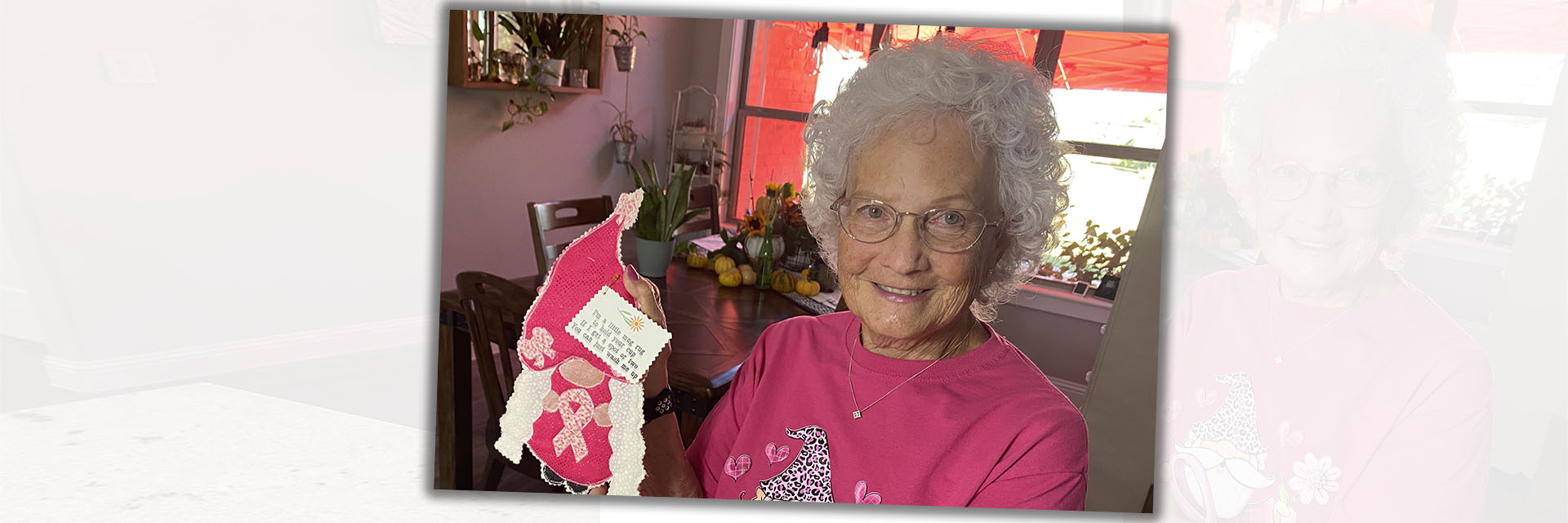
-
Why Choose Texas Health for Your Mammogram?
Spa-Like Facilities
Texas Health offers a calming, spa-like environment for patients prior to their mammograms. Many centers have refreshment areas, soothing music, private changing areas, comfortable lounges and valet parking.
Balancing Technology and Comfort
Physicians on the medical staff will recommend the type of procedure that is most comfortable for you, while providing the images needed for a diagnosis. Many of the centers have curved paddles and comfort pads available, if one should be desired during your procedure.
Quick Results
Typically, you are contacted as soon as possible with your mammogram results. Texas Health understands that your results will determine your next steps, and if needed, we want to arm you with important information quickly.
A Convenient Experience
Texas Health offers a unique experience that is tailored for your convenience. With 18 locations around the Dallas-Fort Worth area, we make it easy for you to be proactive about your breast health.
-
What Should I Do Before My Appointment?
- If you’re a new patient, please bring the films from previous mammograms with you or have them delivered prior to your appointment.
- Wear a two-piece outfit for ease of imaging.
- Do not wear deodorant, powder, body oils or cologne.
- Children under the age of 13 are not allowed to be left alone in the waiting areas.
- Cell phone usage is not allowed in the exam rooms.
-
What is a 3D Mammogram?
3D screening mammograms are the preferred type of exam at Texas Health Breast Centers. With a 3D mammogram, the machine takes images of the breast from multiple angles. A computer then creates a 3D image of the breast that the radiologist can examine like pages in a book. Additional benefits include:
- Improves radiologists' ability to screen for and detect potential breast cancers.
- Helps radiologists pinpoint size, shape and location of abnormalities.
- Aids in distinguishing harmless abnormalities from real tumors, leading to fewer callbacks and less anxiety for women.
3D mammograms can also find microcalcifications (tiny deposits of calcium) that sometimes indicate the presence of breast cancer.
-
Will the 3D Mammogram feel Different?
If you have had a mammogram before, you will likely not notice a difference with the exam. During the exam each of your breasts will be compressed between two plates for a few seconds. The breasts will gradually be pressed, and you will be asked to adjust you position several times to take different images. Each breast will be compressed a minimum of two times.
Does My Insurance Cover 3D?
Yes, most insurance plans cover 3D mammography, thanks to Texas House Bill 1036. There are some exceptions, so please verify with your insurance company before the appointment.
If You Are Called Back for Additional Testing
It is fairly routine to receive a request to come back for additional mammogram images or an ultrasound. These additional images may be necessary in order for the radiologist to complete the interpretation of your exam.
-
What is the Difference between a 2D and 3D Mammogram?
A 2D mammogram only takes images of the front and side of the breast, which often overlaps the tissues and can hide certain indicators of cancer. During the 3D portion of the mammogram, images are taken from multiple angles to create a more comprehensive picture of the breast for the radiologists to examine like the pages of a book.
-
Can I Get a Thermogram instead of a Mammogram?
Texas Health does not offer thermograms. The U.S. Food and Drug Administration says that “thermography has not been shown to be effective as a standalone test for either breast cancer screening or diagnosis in detecting early stage breast cancer.”
-
Will the Mammogram Hurt?
During the exam, your breast will be placed between two paddles and progressively adjusted and compressed. The compression may be uncomfortable but should not be painful. If you are in pain, please let the technologist know.
Curved Comfort Paddles
Many of the Texas Health Breast Centers offer a curved paddle which mirrors the shape of a woman’s breast. This shape allows the compression to be uniform across the entire breast and reduces the discomfort that may occur as your position is adjusted.
Comfort Pads
Many of the breast centers also offer a cushion pad that is placed on the lower portion of the machine to create a warmer, more comfortable experience.
-
When Will I Get My Results?
The timing can vary but generally:
- After a screening mammogram, the results will be available in the MyChart app, and they will be mailed to you.
- After a diagnostic mammogram, you will receive your results before you leave your appointment.
- After a biopsy, your ordering provider will receive results within two days after your procedure.
-
What is a Diagnostic Mammogram?
Typically, diagnostic mammograms are recommended for women who:
- Have experienced issues, such as lumps, nipple discharge or other changes.
- Experience persistent pain in their breasts, not related to menstrual cycle.
- Were diagnosed with breast cancer within the last five years.
- Experience a problem while pregnant or breastfeeding.
What Happens During a Diagnostic Exam?
A diagnostic mammogram may take longer than a screening mammogram. The technologist may magnify a suspicious area to produce a detailed picture that can help the radiologist make an accurate diagnosis. Before you leave the center, the radiologist will review the images and discuss the findings with you.
-
What is a Breast Ultrasound?
At times, mammography alone is not enough. Your provider may also request a breast ultrasound, or sonogram, which is a noninvasive procedure that uses sound waves to produce images of the breast.
Why Is this Additional Procedure Necessary?
Typically, a breast ultrasound is performed in with a mammogram. A breast ultrasound can distinguish a generally harmless fluid-filled cyst from a potentially concerning solid mass. It is also used to evaluate whether a solid mass is benign or appears to be malignant.
What Happens during the Procedure?
You will lay on your back on a table and a technologist will apply a warm water-based gel onto your breast. Then the technologist will move a device back and forth over the area of interest to take the sonogram pictures.
-
What is Biopsy?
A breast biopsy is a minimally invasive procedure that takes a very small sample of breast tissue for examination under a microscope.
Types of Biopsies
- Ultrasound-guided biopsy — uses ultrasound equipment to “see” and direct the needle to the area where the biopsy is needed.
- Stereotactic biopsy — uses a digital mammography system with a computer display and software to guide a needle to the area where samples of tissue will be taken.
- MRI-guided biopsy — uses a MRI machine to guide the breast radiologist to the area of concern. Typically, this procedure is not performed inside the breast centers.


-
Risk Factors
Common factors that can increase the chances of developing breast cancer include:
- Age and Gender — Risk of developing breast cancer increases as you get older. The majority of advanced breast cancer cases are found in women over age 50.
- Family History of Breast Cancer — If you have a close relative who has had breast, uterine, ovarian or colon cancer.
- Menstrual Cycle — Women who get their periods early (before age 12) or went through menopause late (after age 55).
- Childbirth — Women who have never had children or who had them only after age 30.
- Obesity — Obesity has been linked to breast cancer, although this link is controversial. The theory is that obese women produce more estrogen, which can fuel the development of breast cancer.
- Radiation — If you received radiation therapy as a child or young adult to treat cancer of the chest area.
- Genes — Certain genes, such as the BRCA1 and BRCA2.
- Alcohol Use — Drinking more than one to two glasses of alcohol a day.
- Diethylstilbestrol (DES) — Women who took DES to prevent miscarriage may have an increased risk of breast cancer after age 40. This drug was given to the women from 1940 to 1960.
- Hormone Replacement Therapy (HRT) — You have a higher risk for breast cancer if you have received HRT for several years or more.
-
Breast Changes
Many breast changes occur in your breast or nipple. You may notice:
- A lump or firmness in your breast or under your arm
- The size or shape of your breast has changed
- Your nipple pointing or facing inward (inverted)
- Your nipple feeling tender
- The skin on your breast, areola or nipple is scaly, red or swollen
- Nipple discharge, or an abnormal fluid coming from the nipple
If you have these or other breast changes, talk with your health care provider to get them checked as soon as possible.
-
Breast Surgery
Breast surgeons on the medical staff employ many techniques to surgically treat breast cancer. Talk with your surgeon on the best possible solution for you.
Lumpectomy
A lumpectomy (also known as breast-conserving surgery) removes only the tumor and a small rim of healthy tissue around it. It leaves most of the breast skin and tissue intact.
Mastectomy
A mastectomy is usually recommended if the tumor size is large compared to breast size, if there is more than one area of cancer in the breast, or if the patient cannot undergo radiation therapy.
-
Breast Reconstruction
Breast reconstruction is achieved through several plastic surgery techniques that attempt to restore a breast to near-normal shape, appearance and size following a mastectomy. It can be a physically and an emotionally rewarding procedure for a woman who has lost a breast due to cancer or other condition. For many women, the creation of a new breast can dramatically improve self-image, self-confidence and quality of life.






